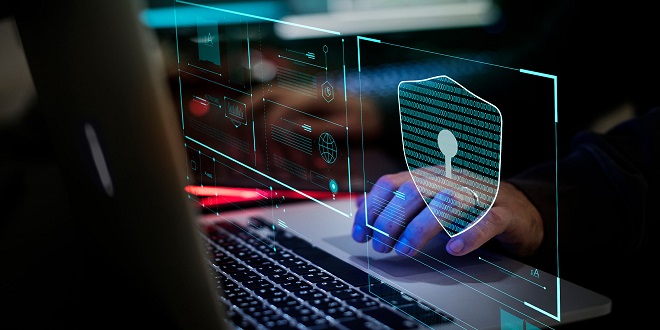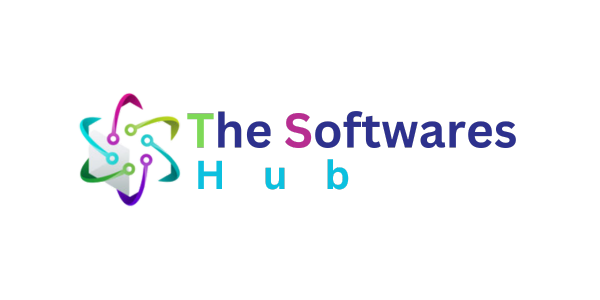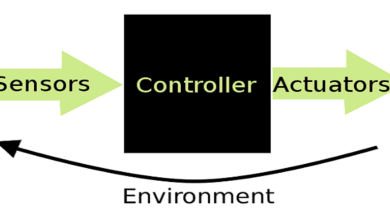Software Piracy – Mechanisms for Protection of Software

Introduction
“Don’t copy that floppy!” is the rallying cry of the software publishers’ organizations. Perhaps nowadays the slogan needs to be updated to “Don’t copy those wares!” as the focus of activity shifts to the Internet. But whatever form it takes, there is no question that piracy is a major problem facing the software industry. In the year 2001, an estimated 40% of all copies of business software applications installed worldwide were pirated, having a retail value of some $11 billion.
Modes of software piracy
Software piracy is any copying of software in contravention of its license. One of the biggest obstacles to reducing piracy is the widespread ignorance of what actions constitute piracy. Here are some ways that piracy can occur
Downloading proprietary software from an unauthorized Internet bulletin board or Web site, or directly from another user via a peer-to-peer file-sharing program. Purchasing counterfeit software in a store or at an Internet Web site or auction.
End-User Piracy
Small-scale piracy mainly takes the form of “soft lifting,” which means copying by individuals for their own personal use. Soft lifting can be done in a wide variety of ways. Probably the most common method is to borrow the installation media from a friend or co-worker.
Commercial Piracy
Industrial piracy can take two very different forms: counterfeiting and cloning. Counterfeiting is the reproduction of packaged software for sale. Sometimes the counterfeiting is done in such a way as to make it appear to be authentic so that it can be sold for a price that is comparable to the normal retail price. These counterfeiters take care to duplicate the appearance of the media, the packaging, and even the documentation as closely as possible.
Organizations That Combat Software Piracy
There are two main trade organizations that represent the software industry in its efforts to counter the illicit traffic in software. The Business Software Alliance is an international organization representing major software and e-commerce developers. Its membership includes such flagship companies as Microsoft, Apple, and Adobe. Founded in 1988, its mission is to educate computer users about copyrights, to lobby for intellectual property legislation, and to combat software piracy.
Implications of the Studies
The findings of all the studies cited above carry some implications for software publishers’ efforts to reduce the rates of software piracy. First, it appears that educational programs aimed at increasing individuals’ awareness of the illegal and unethical nature of soft lifting will be of limited effectiveness. The studies show that simple awareness of the illicitness of soft lifting has little effect on behavior. Technical copy protection mechanisms (discussed in a later section) are also unlikely to be effective. They are inevitably defeated and may actually encourage piracy due to the challenge they present.
Methodology of the Study
In order to calculate the piracy rate for a given country or region, the IPR needs to determine the number of pirated copies and the number of legitimately purchased copies of software applications in use in that region. The IPR has access to proprietary sales information from the BSA member companies, and so the figures for legitimate software sales are readily obtained. The number of pirated copies is inferred as the difference between this number and the “demand” for software, i.e., the number of application programs that one would expect to be loaded onto the computers in use. The IPR uses hardware sales data to determine the number of new machines sold each year.
Tattoos have been a part of human culture for centuries, with different cultures and societies having their own unique traditions and meanings associated with them. In recent years, tattoos have become increasingly popular and have evolved into a form of self-expression and art.
Last word
For small firms attempting to enter the software market, it is unlikely that the positive network effects of piracy will be sufficiently strong to compensate for the revenue losses. This is especially the case for non-U.S. software producers. They have an inherent advantage in their home countries for producing certain types of applications such as manufacturing, banking, and financial software, areas that are the most dependent on local laws and business practices.





